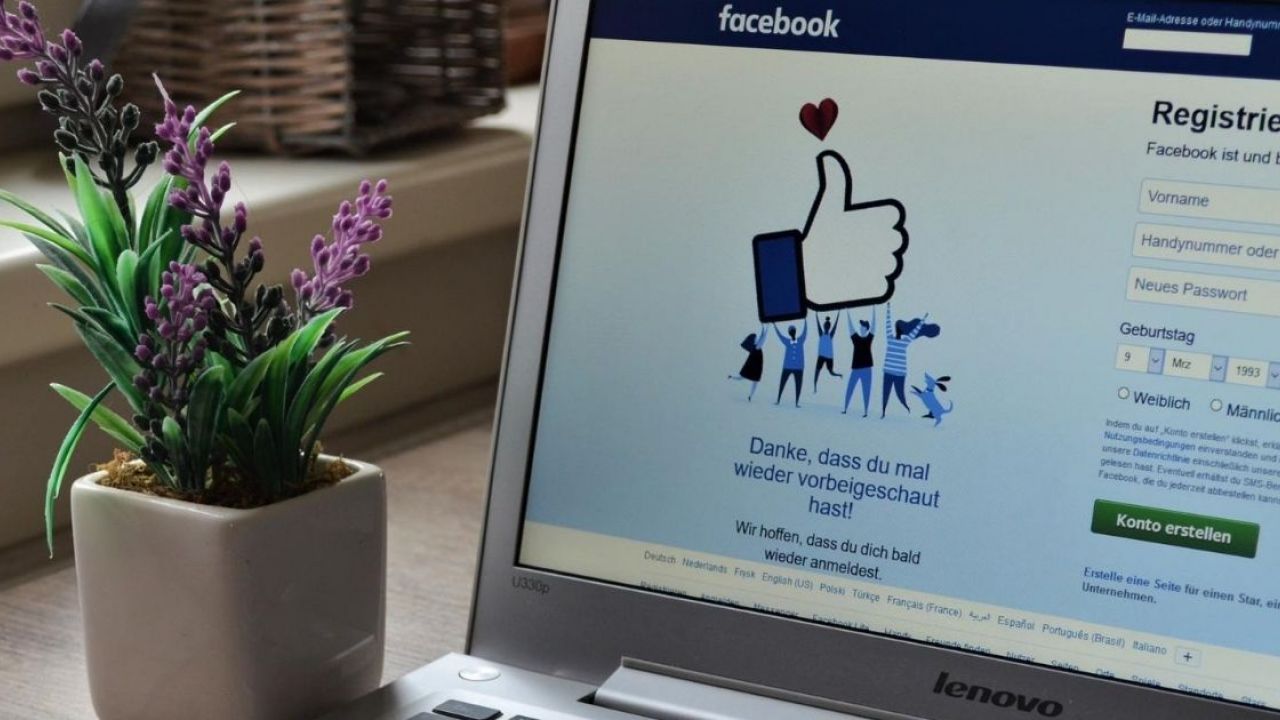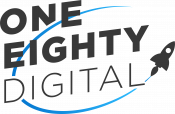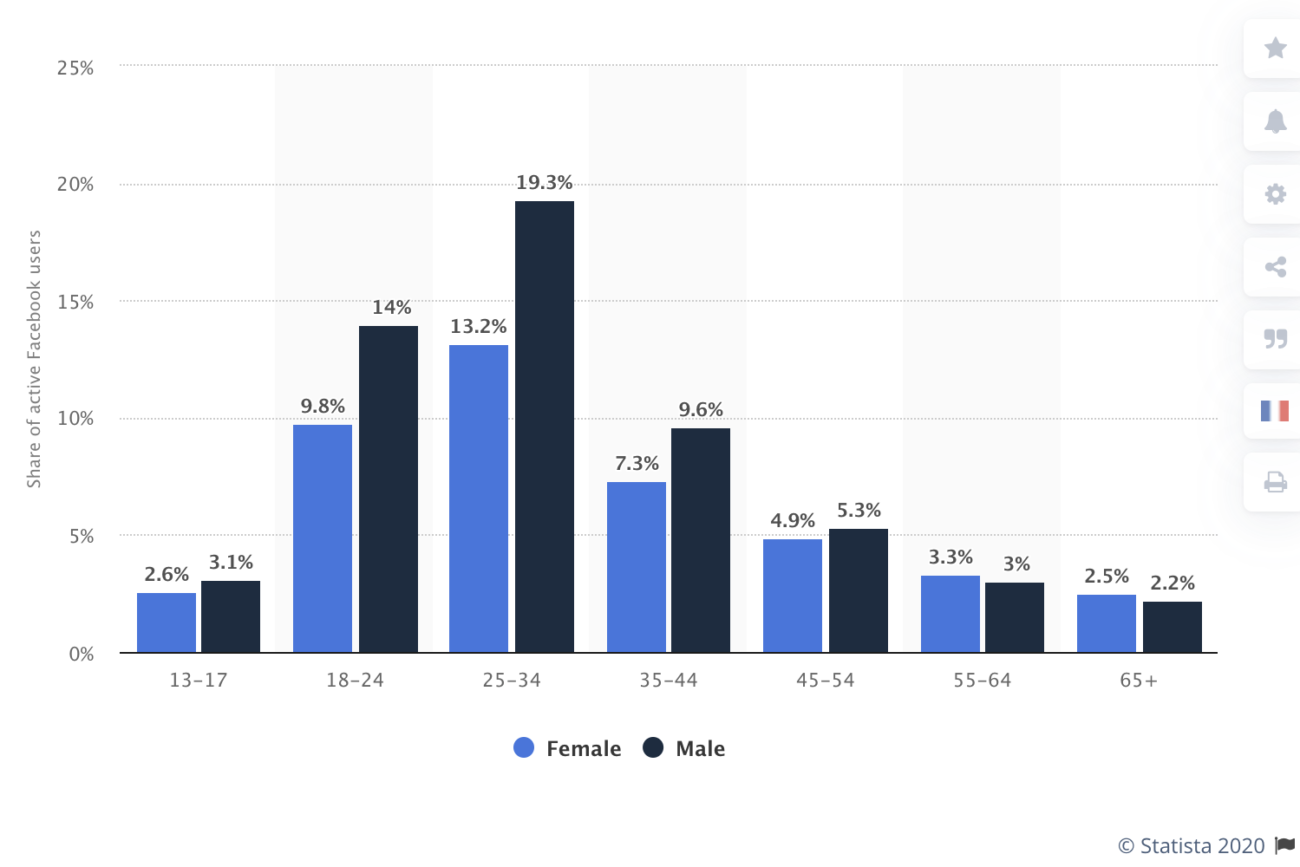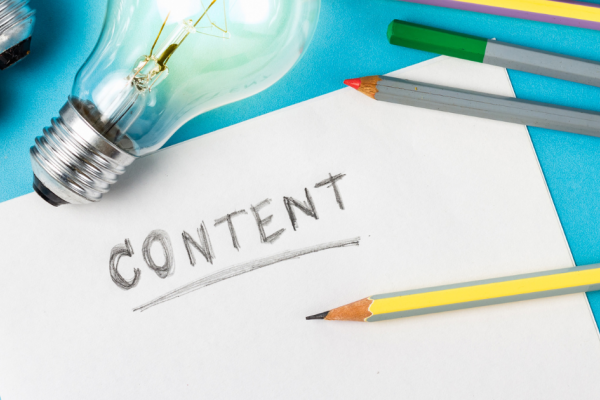
The Ultimate Guide to the NEW 2020 Facebook
The New Facebook 2020—New Look Takes Over September 1, 2020 for Everyone
In this article you’ll learn:
- About Facebook
- Facebook’s Audience
- Facebook’s Key Demographics
- Facebook’s Audience Frequency
- An Introduction to SEO
- SEO and Facebook
- Setting up and updating 2020 Facebook Pages
- An Intro to Posts
- An Intro to Creator Studios
- Facebook 2020 Final Thoughts
- Resources
About Facebook
Facebook is the number one social media platform in the world. With 1.62 billion users per day, it outranks Twitter, LinkedIn, Instagram, Tik Tok and all the others. And with 74% of those users logging on every day, it’s got a strong following of loyal users. Facebook, even with its perceived and actual flaws, is still a key place to be if you own a business, brand, organization, company, church, or non-profit.
Facebook has done a great job changing its platform to get people to spend more advertising dollars, as opposed to on Google or LinkedIn or even Twitter. Using Facebook paid Business Manager to advertise has it’s own pros and cons. But, those who are savvy enough to take advantage of all the positive SEO (Search Engine Optimization) benefits it can bring for free are really reaping the benefits.
You can grow and engage your audience on Facebook, and it can spill over into positive awareness in other places too (such as Google). The moral of this story is that you need to be on Facebook and we’re going to show you how to get started or make enhancements if you’re already there.
The Facebook Audience
Understanding the importance of a Facebook presence begins with understanding the Facebook audience, who the users are and their demographics.
For starters, the Facebook audience includes a wide array of generational groups including boomers, millennials, Gen x, and the coined “silent” generation (born before 1945).
It’s very likely that the most important group to your business or page, are the groups including the 30-60 somethings. We’ll explore some age demographics below to paint the picture of who uses Facebook most. We know from this data that family leaders such as the matriarchs and patriarchs are frequenting Facebook and some are even using Instagram.
As mentioned, these demographics also frequently happen to be who businesses, non-profit organizations, and churches are looking for right now. This could be because they make the buying decisions in their homes, maybe it’s because they are the key earners. Whatever the reason these age ranges hit your target audience goal, to be successful, you’ll want to know who your audience is and know who is on Facebook.
Some Key Demographics:
Where Are They From?
- Around seven-in-ten U.S. adults (69%) use Facebook
- The largest population on Facebook is from India with over 270 million users followed by 190 million from the US
- Brazil and Indonesia both have around 120 million users
- Europe has 387 million Facebook users
Some Key Interesting Facts:
- 96% of Facebook users accessed the platform via mobile devices
- Average Facebook users have 155 “friends”
The Frequency of Facebook Visitors
So it’s probably also a good time to note that your target audiences are also checking Facebook on average once a day. Internationally it’s quite strong with 40% of the total facebook audience being in Asia but that shouldn’t deter you from using and embracing the audience that exists in the US, who are loyal and very present on Facebook. 247 million monthly US visitors is nothing to ignore. The audience of US Facebook users who are interested in staying in touch with their family, scheduling local events, and checking messages are strong.
An Introduction to SEO
If you aren’t on Facebook and your product or service is meant for the above demographics then you are missing out big time on free advertising. That’s right, you can use Facebook for free to help SEO, increase brand awareness, build your brand, and expand your reach.
SEO boils down to how major search engines (predominantly Google, since it owns the lion share of global internet searches) rank web sites in organic search. To further explain, it’s search lists that are not ads, that show up in a search for free, and the search engine chose to be there based on a WWW sweep and algorithm it has to rank the sites. You can learn more here. And make sure to subscribe to our newsletter because we’ll be continuing conversations around SEO to help you out!
Google, for example, likes to provide people, the searchers, with the information they want quickly and correctly. This means they know people will use their platform because when searchers go to Google and type keywords or phrases into the google search box that they will find what they’re looking for fairly immediately, that’s Google’s goal anyway.
Google accomplishes this goal by ensuring your content (in various ways) matches the searches people are making around the topics they are most looking for. That is overly simplistic but is a good starting point to understanding SEO.
SEO and Facebook
Google does scan Facebook pages and links on facebook and so the importance of links, pages, and events come into play for SEO as well.
Local businesses are doing especially well with the results seen through free and organic Facebook practices.
It’s important to match your website, keyword strategy, and facebook pages, groups, and events so they all can cohesively fit together. Google will reward you for these practices with higher rankings. Example. If your business is a t-shirt design studio and your website is tshirtdesignstudio.com and your Facebook business page is t-shirt design studio, and your group is the t-shirt design studio group and your events are at the location that matches those locations and pages connected to the event than Google is happy because its algorithm can piece the puzzle pieces together. Because, yeah, that seems legit and when someone searches “t-shirt design” it can show this website or Facebook page.
By now you have probably bought into the need to use Facebook and the importance of SEO. But Facebook just changed it’s look and feel and maybe you can’t find all the buttons, or where the things are, or just need some help navigating. We’re here to help with that.
Setting Up or Updating Your 2020 Facebook Page
Note: If you’d like us to help you with this click here to schedule your strategy session for free. If you’d like to get it started yourself follow the steps below. Of course if you run into questions along the way we’re here to help and can be reached by chat, email, phone, or scheduling a call.
Setting up your page Step-by-Step
Let’s Start by setting up your Facebook Page.
- Go to the + sign in your top right screen of the facebook homepage (once you’ve signed in) shown below with photos and see video below.
- Click the flag icon that says Page
- Fill in your BASIC page information
- Name
- Category or categories, you can choose 3 maximum.
- Short description, but later you’ll be able to enter more information in a “More” section for a longer description. This short description will be on your page directly under your cover photo, profile picture, and main page header section in the About section. See screenshot below.
- Click Save Page blue button
- Add your cover photo (larger header image or video)—2050×780 pixels. You can add videos. They must be between 20 and 90 seconds and measure at least 820 by 312 pixels.
- Add your profile photo (small circular image)—140x140pixels maximum
- Edit page info
- This will allow you to add additional information to your page
- You can create a username, which is recommended but there are some steps that need to happen first. The page must already have at least 25 ‘Likes’. You must not have created more than one page lately. Your personal Facebook account needs to be verified. Your personal profile must not be newly created.
- Add contact info
- Phone number
- Website
- Location
- Service areas if this applies to your page, if not leave blank
- Hours
- Fill out “More” section with privacy policy, impressum if you have them
- Be sure to fill out the long description, previous description is only 255 characters.
- Click Settings
- Edit visitor posts
- Edits newsfeed audience and visibility for posts
- Edit posts and story sharing
- Edit messages
- Edit Tagging ability
- Review country, age, page moderations, and profanity options
- Under messages set up any automated greetings or message templates
- Under templates and tabs click and drag features can be used to customize the order of the items on your page, you can also turn on and off sections needed/wanted here.
- Event ticketing is for Eventbrite software connection.
- Be sure to edit the notification settings to ensure you aren’t overwhelmed by constant messages for your page.
- Set up any additional page roles if others will be helping manage the page, groups, and events connected.
- Be sure to connect your instagram account to make scheduled posts and cross platform posting easier
- Once done setting up the page be sure to take these additional steps
- Set up your call to action button in top right
- Click the “+add a button” button and choose the path that makes the most sense for your page, whether you want to send your audience to your website or a landing page or would like to receive a call or message, there’s quite a few options that cover the spectrum of the majority of next steps any business would want someone to take
- Set up any events or link existing events with the top menu under your profile picture and cover photo
- Set up any groups or link existing groups to your page with the “more” carrot drop down, this will help more people find you and encourage engagement on your page, this is all helpful for SEO. This also gives the page the ability to respond in groups as the business/organization/page, it also allows you to share announcements from page to group such as upcoming events.
- Add any albums or photos that will help to personalize and finesse your page
Follow up steps:
- Pin a post to top of your facebook page
- Get reviews
- Verify your page, gives you a checkmark, is a quick call
- Milestones—upload image, poll, create post as a milestone that saves it as something happening
AND GET READY TO START POSTING AND ENGAGING!
Once you’re comfortable with the layout, how you’ve set your page up, connected events and groups then you’re ready to post! To post, live stream “Go Live”, or uploading videos and scheduling or creating stories we can walk you through some tips to do those things as well below:
Posts
Posts haven’t changed much in the 2020 version of Facebook, it’s fairly straightforward. You can add text, choose a background, add emojis and upload videos or multiple photos at once depending on your post content. You have the ability of course to use Facebook Insights or Facebook’s Creator Studio to schedule, backdate, or immediately post your content and if your content is Instagram-friendly and your instagram account is already connected (see steps above) then you can also click a button at the top with the instagram icon and cross post that content to Instagram.
If you want to get more in depth with posts and add them to stories you’ll need to head over to Creator Studio.
Using Creator Studio
Facebook has made Creator Studio pretty powerful so here’s just a few things you can do while you’re there and why you might want to play around with it before jumping all in.
- Creator Studio is where it’s easiest to Go Live, or livestream a video. You can do it live or set it up in advance.
- You can post polls while live
- You can even edit or update soundtracks of your live videos.
- The livestream section does also seem to have added some additional options for gamers so that may or may not be helpful to you but take a look around, certainly could be used for church game night or fun things like that with a little creativity.
- Creator Studio is also where you can access Insights and see a dashboard of all the pages you manage, how posts are doing, demographics on engaged audiences who are viewing or commenting on your videos or posts. It’s easy to get lost in the data so we’ll create another post about that in the future to give you some Marketing tips on what to look for, so stay tuned for that.
- Creator Studio also allows you to access your inbox of messages from this tab, it’s a nice way to keep the admin side of running a page or multiple pages clean and organized for you at a glance.
- Monetization and Rights Manager are more geared toward specific niche companies, those who are bigger and want to make money on their pages with ads and videos, and those who have the rights to music they’re uploading that they created. So won’t apply to most pages.
The Ever-Evolving Platform
Facebook never stops. Like most software service platforms, Zuckerberg and his team at Facebook can’t stop, won’t stop updating and improving in the hopes of making Facebook the one-stop shop for businesses and advertisers. They make regular updates, but do also update the entire look from time-to-time, it’s been a few years since the last big one.
It’s an ever-changing and evolving platform and that offers a lot of positives as they continue to improve the usability. But we all know most people don’t like to have to relearn something once they’re used to it, change can be hard.
We hope this tutorial, outline and tips makes that a little easier for you. And as always if you have additional questions, are interested in knowing more about some of the features you haven’t used before or just need some help getting started or improving your social presence just schedule a free strategy session.
Resources
- Omnicore, Facebook By the Numbers: Stats, Demographics, and Fun Facts
- https://www.statista.com/statistics/699241/distribution-of-users-on-facebook-worldwide-gender/
- https://sproutsocial.com/insights/facebook-stats-for-marketers/
- https://www.pewresearch.org/fact-tank/2019/04/10/share-of-u-s-adults-using-social-media-including-facebook-is-mostly-unchanged-since-2018/
- https://www.pewresearch.org/internet/2015/07/16/parents-and-social-media/#a-typical-parent-has-150-facebook-friends-one-third-of-them-are-actual-friends
- https://www.statista.com/statistics/972892/reasons-being-on-facebook-usa/





